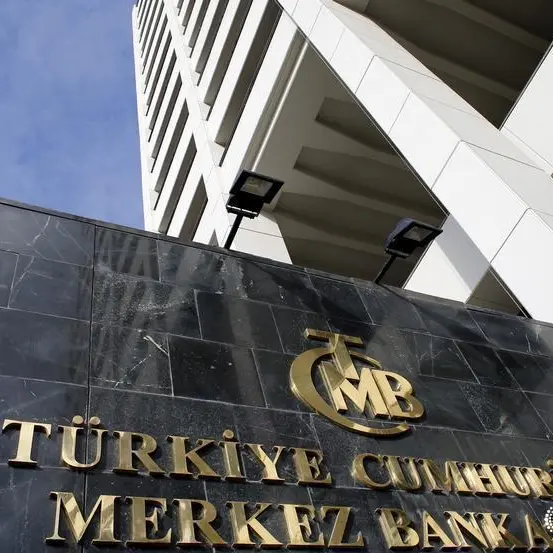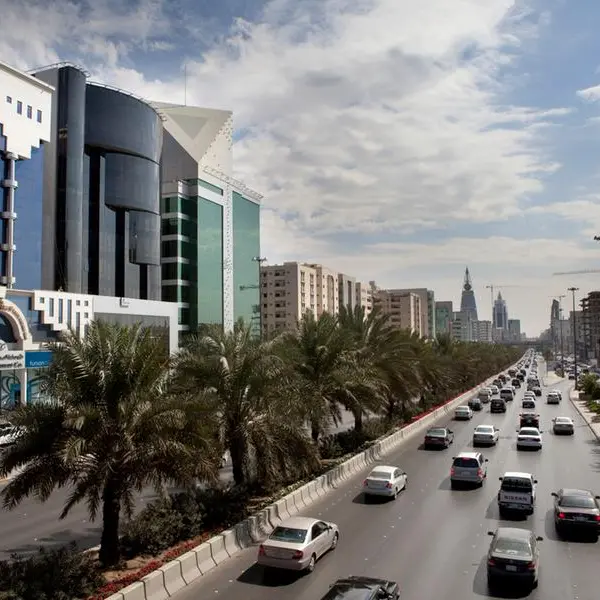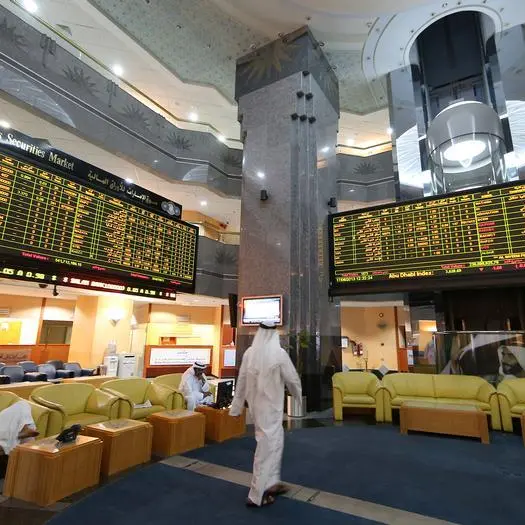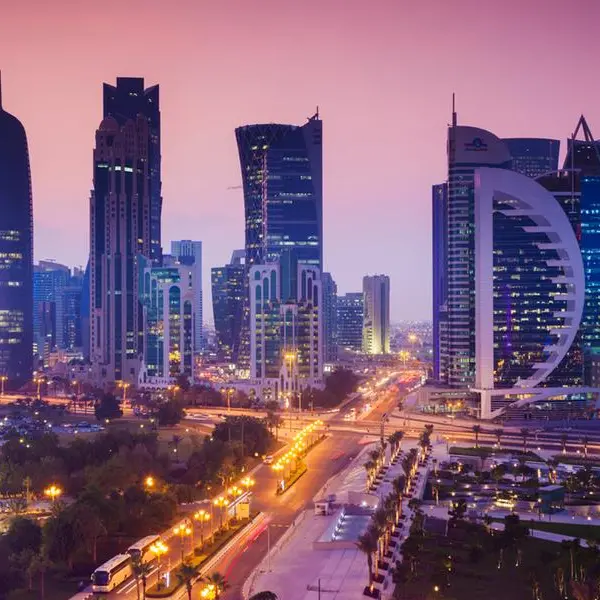PHOTO
The Middle East and North Africa (Mena) GDP growth this year will be less than the average of the past 10 years, according to FocusEconomics Consensus Forecast Middle East & North Africa.
Oil producers will be burdened by lower Opec quotas, while drought will hit agriculture in North Africa. Overall, the region will be impacted by rate hikes and a soft global economy. The weather, geopolitics, the Ukraine grain deal and further Opec output cuts are key factors to watch.
The FocusEconomics panelists now expect inflation in Mena to rise slightly this year on average compared to last year. However, this will largely be due to currency weakness spurring prices in Egypt, Iran and Lebanon, and most countries will see lower inflation this year. Key factors to watch include the Ukraine grain deal and the impact of the recent drought on food prices.
Saudi Arabia cooling
Meanwhile, after clocking the quickest rate in more than 10 years in 2022, GDP growth in Saudi Arabia will cool in 2023 as the base effect toughens and oil output declines. Overall, GDP growth will be slightly below the average of the past decade. Key factors to monitor are US Fed hikes, global crude demand and Opec+ quota changes.
Regarding UAE, over the last month, FocusEconomics' panel downgraded 2023 GDP growth forecasts further, with economic expansion projected to more than halve from 2022 on a weak oil sector. That said, it will remain healthy, amid a robust non-oil sector performance as efforts to diversify the economy are ramped up. Further changes to oil output quotas and volatile crude prices are factors to watch.
Bahrain GDP growth to soften
Bahrain's annual GDP growth should have waned in Q1, following a robust performance in 2022. The moderation will likely be driven by a weakening oil sector: Oil output plunged nearly 7% year on year in Q1.
In contrast, private spending should have contributed to overall growth. Price pressures cooled in Q1 to their lowest average since Q4 2021, aiding household budgets. That said, the Central Bank hiked interest rates further in February and March to protect the dinar’s peg to the USD, boding ill for credit and investment.
In other news, S&P Global Ratings affirmed the country’s ‘B+’ rating with a positive outlook on May 29; the credit-rating agency lauded the government for reforms that have boosted the non-oil sector, as well as a growing current account surplus.
This year, GDP growth will soften from 2022; both private and public spending will expand at slower rates due to still-elevated price pressures and higher interest rates. A downbeat oil sector will also weigh on overall GDP growth. Crude production quotas and global oil prices are factors to watch.
FocusEconomics panelists see GDP expanding 2.7% in 2023, which is down by 0.1 percentage points from one month ago, and expanding 2.9% in 2024.
Inflation came in at 0.7% in April (March: -0.1%) on stronger price increases for food and non-alcoholic beverages and transport. Conversely, housing and utilities prices fell at a steeper pace. This year, inflation will recede markedly from 2022 amid higher interest rates.
FocusEconomics panelists see consumer prices rising 1.7% on average in 2023, which is down by 0.2 percentage points from one month ago, and rising 2.0% on average in 2024.
Egypt GDP growth to accelerate
In Egypt, GDP growth is set to accelerate in FY 2024 (July 2023–June 2024), following FY 2023’s projected slowdown. Looser monetary policy and cooling inflation will bolster growth. Additionally, the IMF’s $3 billion and the World Bank’s $7 billion programmes will anchor investor sentiment and support the implementation of much-needed reforms.
In Iran, economic activity will be muted in the 2023 Iranian year (SH 2023,March 2023 to March 2024) on US sanctions, sociopolitical instability and high inflation. However, stronger trade ties with Russia will provide support. Downside risks are flare-ups of social unrest and further sanctions. Progress in nuclear deal talks leading to sanctions relief is the key upside risk.
In Iraq, growth should halve in 2023 on stagnating oil production. Risks seem skewed to the downside, and include further Opec+ quota cuts, prolonged disruption to oil exports, budget approval delays and a resurgence of domestic sociopolitical tensions. Extra investment by foreign oil firms in the wake of TotalEnergies’ recent $10 billion commitment is an upside risk.
In Israel. GDP growth should more than halve this year from 2022 but still be among the fastest in the OECD on a tourism recovery, higher gas output and rapid population growth. Sociopolitical unrest and the weakening of judicial independence are the main downside risks. Moreover, the government’s hawkish stance on Palestine could strain Israeli-Arab ties.
Kuwait GDP growth five times slower
In Kuwait, after likely registering one of the fastest economic expansions in the region last year, the economy is seemingly slowing sharply so far in 2023.
GDP growth is seen over five times slower this year than last, on tighter Opec+ production quotas, higher borrowing costs, softer external demand and the normalisation of non-oil activity now that the pandemic has faded from view.
Oman’s economy grew 4.3% last year. The expansion was led by the oil sector, which grew 10.2%. The non-hydrocarbons sector expanded 1.6%, with services output rising 5.0%. Heading into 2023, the hydrocarbons sector appears to have weakened, with oil output close to stagnant in January–April compared to 2022.
That said, LNG exports were up 23% in January–February, providing some respite. The non-hydrocarbons sector may be faring better, with inflation having ticked down in the year so far.
GDP growth should cool to below its pre-pandemic average in 2023 as the post-pandemic recovery loses steam and hydrocarbons activity eases. More positively, the non-hydrocarbons sector will be buttressed by infrastructure investment. Key factors to watch include fiscal consolidation, a fragile labour market and geopolitical tensions.
FocusEconomics panelists see GDP expanding 2.2% in 2023, which is unchanged from one month ago, and expanding 3.2% in 2024.
Qatar GDP to expand
Qatar’s economy clocked a multi-year high GDP growth rate of 8.0% in Q4. The reading was driven by the impact of the FIFA World Cup, although the energy sector also recorded robust growth. Turning to 2023, available data is positive.
The non-oil private-sector PMI rose sharply from February, recording the strongest reading since last July in April amid accelerating demand for goods and services.
Economic activity will slow this year on softer building activity, interest rate hikes and flagging external demand. That said, ongoing energy sector development—both in fossil fuels and renewables—and a burgeoning tourism industry will provide support. Improved relations with Arab neighbours are an upside risk. FocusEconomics panelists see GDP expanding 2.6% in 2023, which is up by 0.1 percentage points from one month ago, and expanding 2.5% in 2024.
Copyright 2022 Al Hilal Publishing and Marketing Group Provided by SyndiGate Media Inc. (Syndigate.info).























